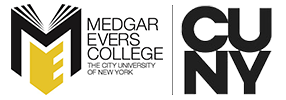Summer Robotics Program is First STEP Towards Success For Medgar Evers College Students
With STEM (Science, Technology, Engineering, Math) programs serving as an important stepping stone for students of color to find success in the career world, Medgar Evers College STEP (Science and Technology Entry Program) has played a crucial role in allowing attendees to achieve future success. Sponsored by the New York State Education Department, the program, (along with a collegiate version called CSTEP), focuses on helping out economically disadvantaged secondary school students (grades 7-12) target careers in scientific, technical, and health-related fields along with licensed professions. The recently completed five-week summer component of the program, which was also open to the community, serviced 431 students drawn from four or five different districts in Central Brooklyn and was run as a partnership with the Liberty Partnerships Program. For Director John Brown, who has been involved with this program since 2008, STEP and CSTEP play a significant role in rounding out participants beyond learning about the sciences.
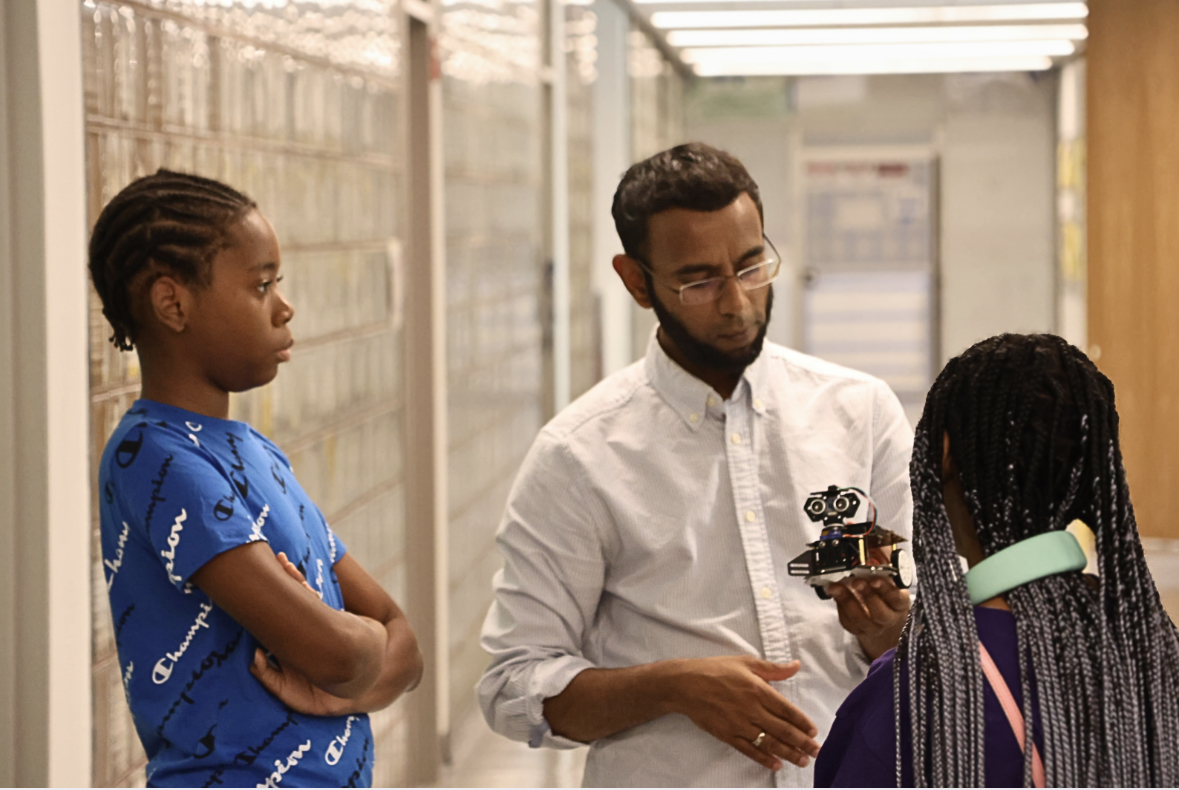
“The summer program was STEAM—Science, Technology, Engineering, Art and Math,” he explained. “We do the STEM piece and through the Liberty Partnerships program, we deal with the social and emotional aspect of trying to make sure that students have a holistic approach to education in our summer program. In it we usually have activities like dance, some interactions with modified counseling and also chess.”
Other components of the summer program students got to learn about included scientific research with 3-D printing, robotics, computer science, introduction to genetics, media journalism, and physical science. With school set to start up again in the fall, the program will continue with Brown and his staff bringing the program to academic partners Bedford Academy High School, The Brooklyn School for Math and Research, Aspiration Diploma Plus High School, MS 61, IS 285 and New Heights Middle School. There is also a virtual STEM class held on Saturdays attended by 108 students with 60 to 70 percent attendance. In March, a Spotlight on STEM Student Conference will be held which is also open to the community and will host 200 to 250 students. The Saturday event allows attendees to attend a variety of activities including workshops and the chance to interact with professionals with STEM backgrounds they might not ordinarily have the opportunity to cross paths with. An added bonus with STEP is how students are in a position to be awarded scholarship money tied to the different activities and events they attend.
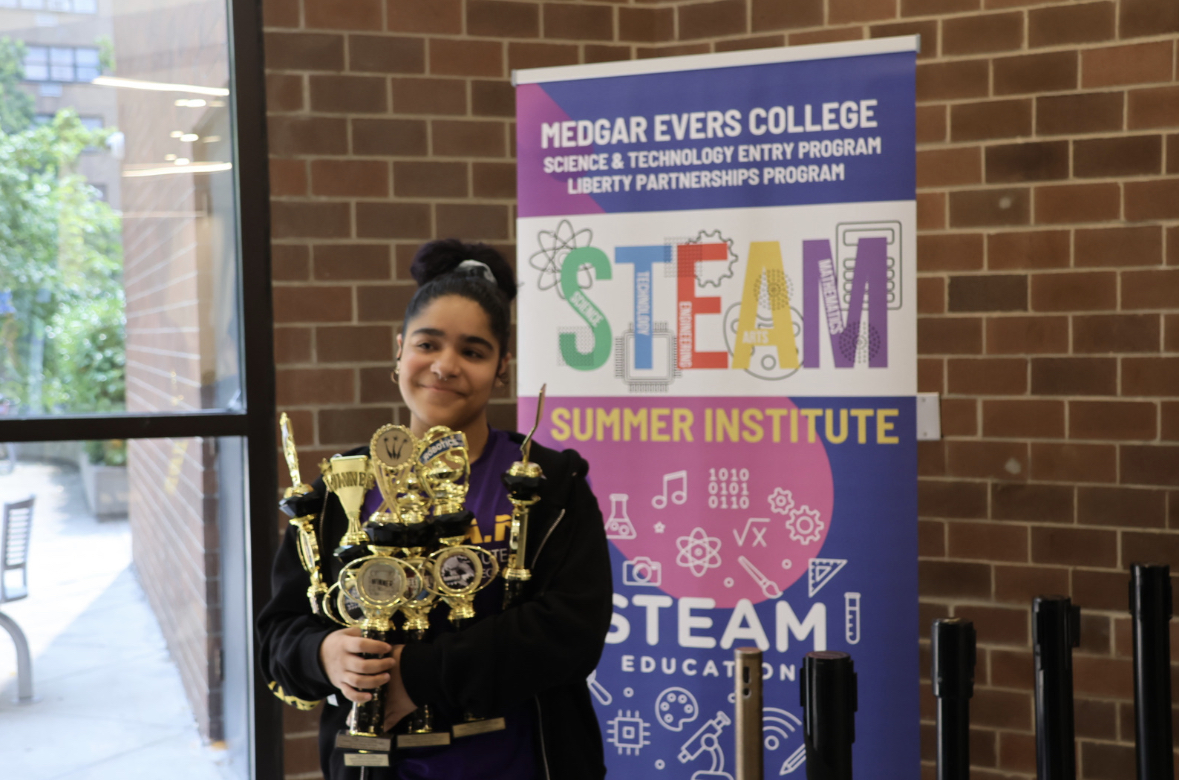
“You really don’t know how much a student opens up that avenue of possibility by being in a program like this,” Brown said. “Sometimes you have to entice them so we make sure that we incentives for our students. In our budget, we have a separate quantity of money for our students to receive a one-time scholarship to go to college. Our scholarships range from $2,000 to $3,500. It’s set up in such a way that they earn points for their participation throughout their four or five years in the program. And at the end in their senior year, if they have accumulated a certain amount of points, they are eligible for a scholarship, but they have to participate in a number of activities.”
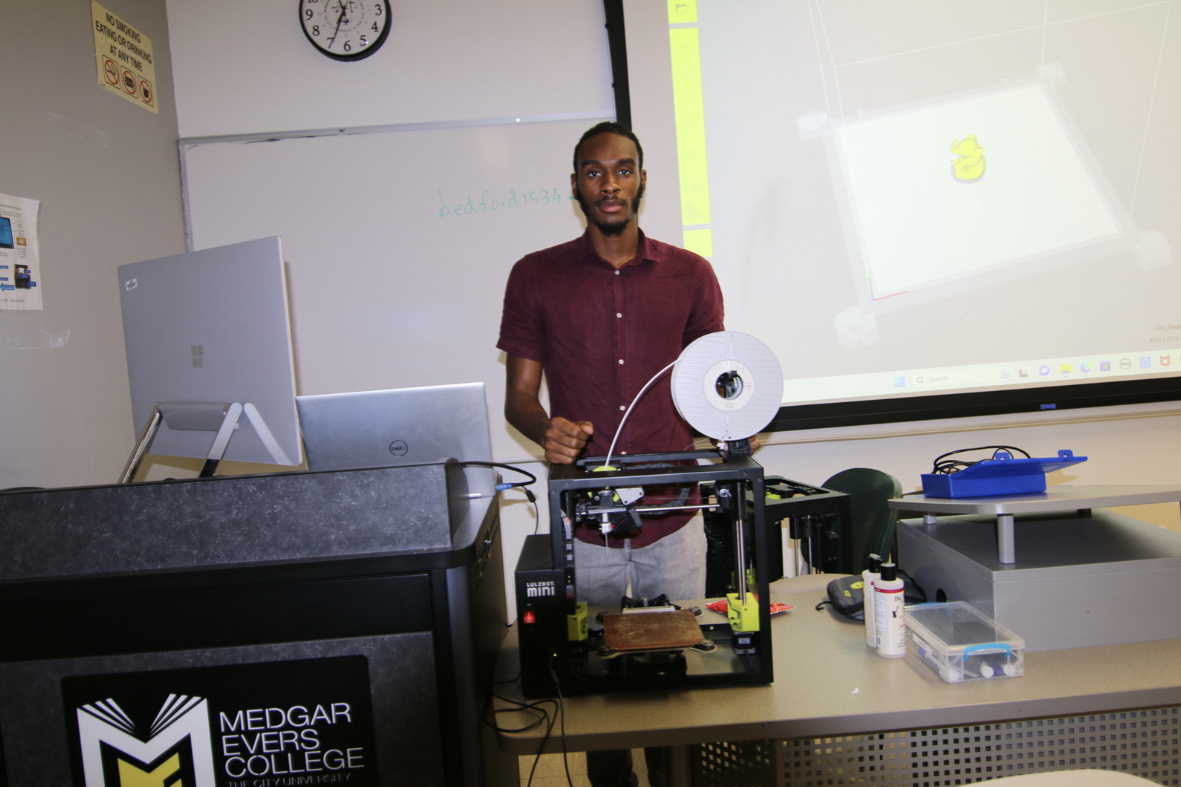
Opportunities galore have become available for STEP alumni including current program assistant director Randell Keiler, who is also a Medgar Evers College graduate. Other success stories were alumni who attended Bedford Academy High School and were later accepted into the Sophie Davis School of Medicine at City College. It’s this return on investment that has Brown still involved despite officially retiring 25 years ago.
“What is more rewarding than anything is the gratification you get as an educator when you see the fruits of your labor,” he said. “When you see these young people come back and they’re doing well and they thank us for what we did for them. We find that we’re a change agent in the lives of our young people and it makes us feel very good.”
